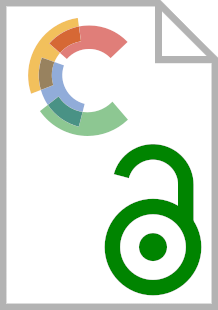Date: 2012
Type: Working Paper
International Financial Integration of South-Mediterranean Economies: A bird's-eye view
Working Paper, EUI RSCAS, 2012/33, Mediterranean Programme Series
PEETERS, Marga, SABRI, Nidal R., International Financial Integration of South-Mediterranean Economies: A bird's-eye view, EUI RSCAS, 2012/33, Mediterranean Programme Series - https://hdl.handle.net/1814/22776
Retrieved from Cadmus, EUI Research Repository
Should South-Mediterranean economies continue their financial integration in the world economy, considering their current stance and in view of the experiences of developed economies with the global financial crisis? The economies of the North-African rim, that is Morocco, Algeria, Tunisia, Libya and Egypt have become more exposed to the global economy during the decades 1990s and 2000s. The same holds to some extent for the Middle Eastern economies Palestine and Syria, while Jordan and Lebanon have become very open economies.
In light of the unprecedented developments in the financial sectors of developed economies in the years 2008-2009 and in view of the current political Arab upheaval, this paper reviews the pros and cons of financial integration. It analyses financial integration indicators, as well as financial stability, and compares the South-Mediterranean region with other regions worldwide.
In the global perspective of other regions worldwide, this group of South-Mediterranean economies is unique. From this study follows that most countries of this group have high cross-border bank assets in combination with limited bank liabilities, high inflows of FDI and remittances and relatively high outflows of remittances. Apart from their low degree of cross-border bank indebtedness, they are more financially integrated in the world economy in comparison with Asia, the CIS, Latin-America and the Sub-Sahara. The relatively low degree of trade and financial integration in the region and world economy sheltered these economies to a large extent from the negative external shocks during the global financial crisis of 2008-09. At the same time, the South-Mediterranean region has foregone the economic dividend that developed regions worldwide reaped thanks to growing financial sectors. At the moment of the writing of this paper, that is 2012, so after the global crisis and after or during the upheavals or revolutions in some countries, these South-Mediterranean economies are at a crossroad. This paper studies the status quo, the achievements of the last years and sheds light on the pros and cons of further financial integration, regionally or worldwide.
Cadmus permanent link: https://hdl.handle.net/1814/22776
ISSN: 1028-3625
Series/Number: EUI RSCAS; 2012/33; Mediterranean Programme Series
